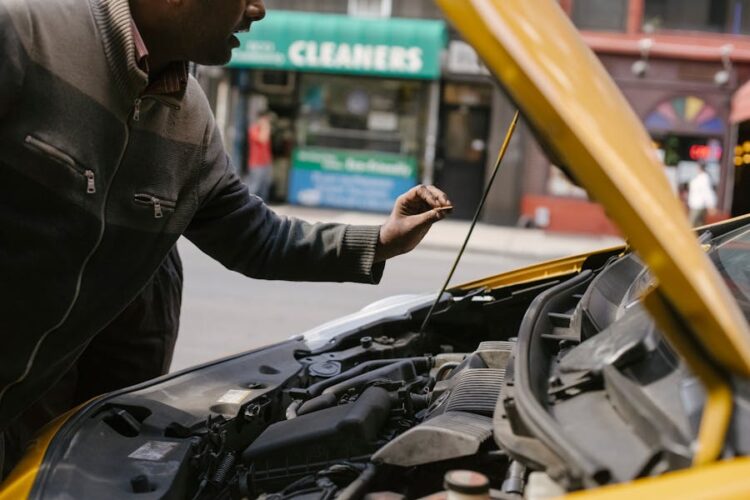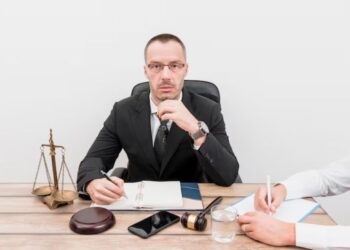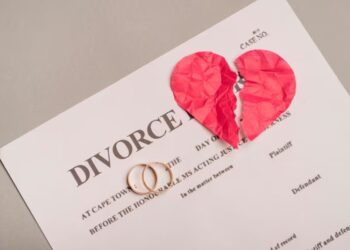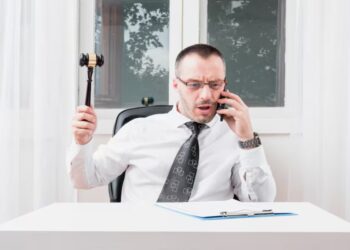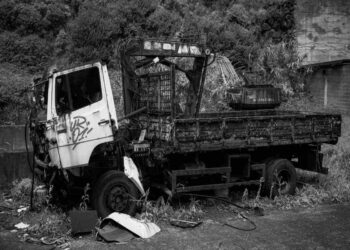Any person with a vehicle needs to know what to do after a car accident. Accidents are unexpected, and that’s what makes them so disconcerting.
It can be more infuriating than terrifying when you know the accident wasn’t your fault. That’s why it matters to understand the following steps to take after a car crash.
What actions you take afterward will determine if you can get fair compensation. Very little is said about truck accidents.
This is why Truck Accident Lawyers in Knoxville are available to help them in such circumstances.
All you need to do is contact them for the best legal representation in truck accidents across Tennessee.
What to Do After a Car Accident Not Your Fault?
So, the inevitable has happened, and you are in an accident. What should you do?
1. Be safe
Safety always comes first. There’s no doubt that the degree of seriousness of an accident differs. But if you are conscious and mobile after an accident, stay far away from the scene.
Remember to check on other people involved in the accident. If someone may need emergency medical support, make sure to call for help.
Usually, if the accident occurred on a busy road or road with poor visibility, moving the vehicles out of the way would be a great idea (but only do so after collecting the evidence).
If the vehicles can’t be moved, put an emergency sign warning to alert the oncoming traffic, then move to the side of the road. Wait for help to come.
2. Call the police
Something good about the USA is that the police are always around the corner. So, after ensuring the safety of those involved, call 911 and report what happened.
When the police arrive, they will question all the parties involved. You don’t want to admit anything. The men in uniform will assess the accident scene, collect some information and evidence, and then write a report.
Ask for a copy of this report, as it will be crucial in filing your claim or if things escalate and go to court.
3. Gather evidence and information.
Ideally, if you are in a position to do so after the accident, you should have started gathering evidence on your own. Take photos and videos of the accident scene.
You might also want to exchange information and contacts with the other parties involved and any witnesses available. Get the following information:
- Phone number
- Full names
- Address
- Insurance company name
- Policy number
The at-fault driver is usually responsible for reporting to their insurance company. But as you might know, some people are very stubborn. This is why collecting such information can be very useful, especially if you must go to court.
4. Lodge a report with your insurance company
If the accident was not caused by your mistake, then the other driver’s insurer should pay any damages incurred due to that incident.
However, given how profit-minded insurance companies are in this world, fair compensation never crosses their minds.
They have tricks under their sleeves to make sure;
- They deny the claim.
- Offer little amount
- Put some blame on you.
This is why, even if you are not at fault, it would be a great idea just to inform your insurance company about the accident. If the other party becomes stubborn, they may come in handy.
5. Have a car accident lawyer on your speed dial.
As discussed above, in a best-case scenario, the at-fault driver’s insurance company should pay you if the fault was not yours.
But in many cases, they usually need a push to give you a reasonable offer. An accident lawyer is in a better position to help you.
Determining Who Is at Fault in A Car Accident
This is usually a contentious topic. And it always determines whether you’ll get the compensation or even be liable and pay for the damages.
Being at fault means that you are the cause/ responsible for the accident and, therefore, liable for any damages.
A few things are looked into to determine the driver at fault; these include’
- Violation of traffic laws
- Speed of the vehicles
- Signal usage
- Eye witness statement
- Driver condition – was he/her driving under the influence? Or distracted?
- Condition of the vehicle – was it road-worthy?
- Police report
To avoid the confusion and headaches associated with proving who the driver is at fault, please install vehicle dash camera recorders. Even better, get one with both front and rear views.
Cameras provide clear evidence of how the accident happened. Therefore, fault determination will be easy.
‘No-Doubt’ Liability Car Accidents
In some vehicle accidents, the other driver is almost always at fault; insurance companies rarely dispute this.
1. Rear – End Collision
When a car gets hit from behind, it can hardly be blamed on the driver ahead, even if there were no visible reasons for stopping. As a driver, you are required to stop safely if traffic stops ahead.
If you can’t, it’s assumed you are not driving safely. The vehicle damage usually indicates who is at fault, with the rear of one car and the front of the other showing the points of impact.
However, if you were rear-ended but had non-functioning brake or tail lights. Or failed to move a broken-down vehicle off the road, your compensation might be reduced due to “comparative negligence.”
2. Left – Turn Accidents
A car making a left turn is always liable for a collision with a vehicle traveling straight from the opposite direction.
There are a few exceptions that are hard to prove. Was the oncoming car speeding? Did it run a red light? Or did it turn into something unanticipated, causing the turning car to stop mid-turns?
The damage location on the vehicles can often clearly indicate that the accident happened during a left turn.
Conclusion
You now know what to do after a car accident that was not your fault. If you follow all the steps indicated here, you will be alright and receive fair compensation.
The best way out is always to get a car accident lawyer. When necessary, there is also the option of going to court.
But there’s a better way. Prevention, they say, is better than cure. Try as much as possible to comply with all the traffic rules and avoid any accidents in the first place. Anyway, you know what to do when it comes to that.


